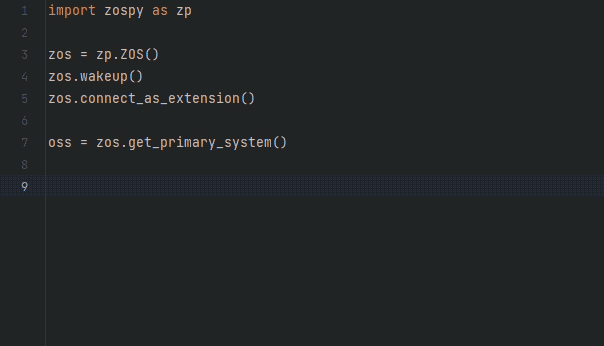We recently released ZOSPy 1.0.0, our open source library for easy communication between Python and OpticStudio. It uses the ZOS-API, but takes care of most of the programming, such as establishing the communication with OpticStudio and running and parsing analyses.
The main new features included in this version are:
- Support for Python.NET 3.0
- A uniform and pythonic interface to analyses:
from zp.analyses.mtf import fft_through_focus_mtf
mtf = fft_through_focus_mtf(oss, sampling='64x64', deltafocus=0.1) - Autocomplete for the complete ZOS-API

- And much more, see the release notes




